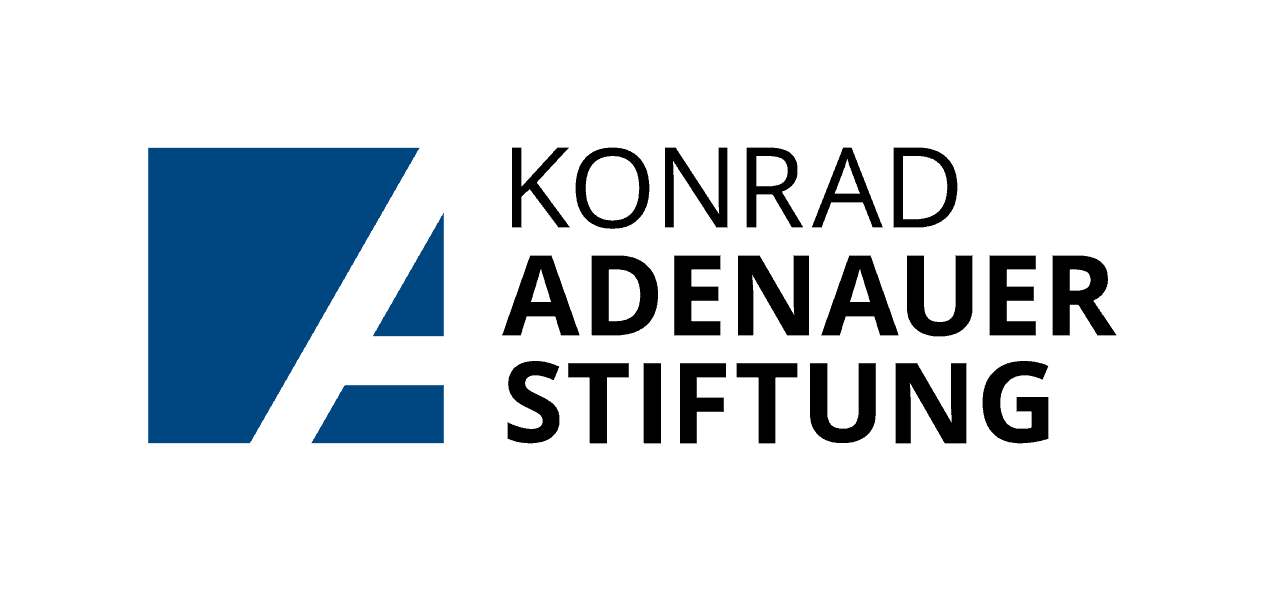‘Hello. This is John Doe. Interested in data?’
The recipient, Bastian Obermayer, head of investigations at the German newspaper Süddeutsche Zeitung, said he was.
This simple message was a beginning of an avalanche that, a year later, would become known as the Panama Papers. ‘John Doe’ gave Bastian about 2.6 terabytes of data – more than 11 million internal documents – from Panamanian law firm Mossack Fonseca – that contained information on more than 214,000 anonymous companies set up around the world.
The sheer amount of data was too big for a single newsroom. So the German newspaper did something that goes against the usual competitive spirit of journalism. They decided to share.
Süddeutsche Zeitung turned to the International Consortium of Investigative Journalist (ICIJ), a Washington D.C.-based international network of investigative journalists and media organisations to arrange the collaboration. My organisation, the Organized Crime and Corruption Reporting Project (OCCRP), was among the first invited to join.
Soon the biggest leak in history became the biggest journalistic collaboration to date. On April 3, 2016, 400 journalists from more than 100 media organisations in over 80 countries published hundreds of stories. And that was just the beginning. The leak was so rich in information that new stories are still being published to this day.
The investigation brought many challenges. To even start reporting, sophisticated technological tools were needed. The files came in variety of formats, including emails, PDFs, spreadsheets, and even some old formats no longer in use. Most were unreadable and unsearchable. ICIJ’s Data and Research Unit spent months preparing the files. They used different free or open-source tools to extract the data, index it, and make it searchable for journalists. Finally, the files were uploaded on a sharing platform called ‘Blacklight’ for all the partners to use. To help with the analysis, Mossack Fonseca’s internal database was visualised using ‘Linkurious’, a database visualisation tool.
ICIJ organised two big planning meetings, one in Washington D.C., and the other at the Süddeutsche Zeitung headquarters in Munich. This is where we learned how to use ICIJ’s unique tools, got search tips, decided on the publication deadline, and discussed various leads – but also developed relationship with other reporters. And most importantly we learned to radically share.
For the project to succeed, reporters needed to leave their journalistic instincts and egos aside. The story was too big for any single reporter to tackle, so we needed to work together as a team.
The Panama Papers files gave us unique insights into how off shore system works. But finding stories in millions of files was an arduous undertaking.
The files revealed the secrets of some of the world’s most powerful and corrupt people – politicians, celebrities, athletes, criminals, and businessmen.
But there were also many dead ends: promising leads that would remain just that. It was difficult to confirm the identity of the people whose names were in the files. And even when we found an interesting name – an official or an official’s family member, a businessman, a crime figure or a celebrity – it didn’t mean we had a story. Often, after reading hundreds of files, we would end up only with the fact that the person of interest owned a particular business. Telling the story required going beyond the leak.
One of the Panama Papers stories I’m most proud of is about the first family of Azerbaijan and their secret mining empire. The leak showed that the president’s two daughters were behind a network of off shore companies used to take control of some of the country’s richest gold, copper, and silver deposits.
But the story wasn’t just about off shore ownership. As we were reporting the story, mine workers were out protesting and pleading for help from the government and president. The mining company that employed them suddenly closed, leaving them without pay. What they didn’t know is that the president’s daughters were their employer. Their story showed how off shore secrecy affects the lives of ordinary people.
The impact of the Panama Papers has been profound. It brought down the prime ministers of Iceland and Pakistan and embarrassed dozens of dictators, corrupt politicians, and criminals. Tax authorities worldwide recovered more than 500 million US dollars. And the law firm itself closed down in March 2018.
But the most important consequence was the decision by the UK to make its overseas territories, including some of the most secretive financial centers like British Virgin Islands and Cayman Islands, establish public registers of beneficial owners of the companies registered there. The decision is a major step toward global transparency, ending anonymous companies and tacking tax avoidance, and corruption. It is one of the best examples of journalism making a difference in the world.
And if you ever wondered what happened inside Mossack Fonseca after the release of the Panama Papers, well guess what! Mossack Fonseca was leaked again and now we know the aftermath. On June 20, 2018, reporters begin publishing new stories revealing the chaos behind the scenes, clients responding with panic and fury, and the firm scrambling to control the damage.

